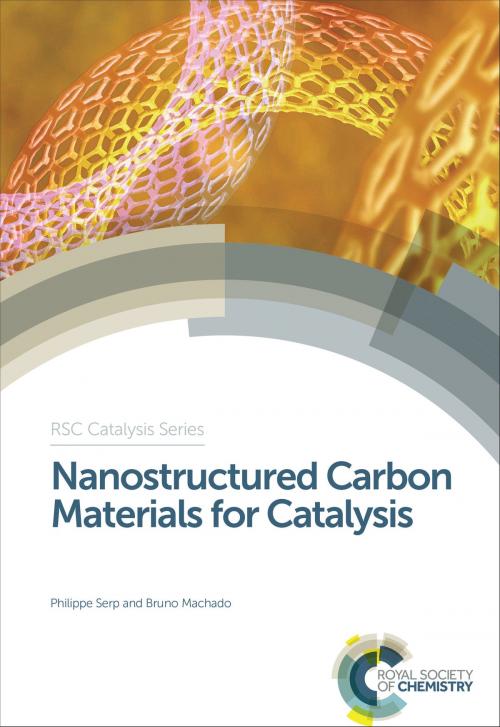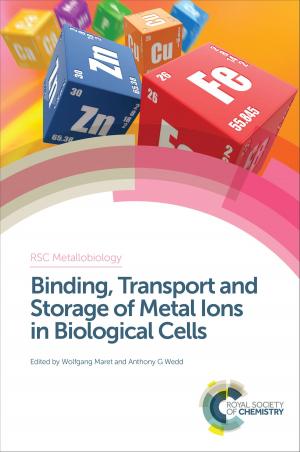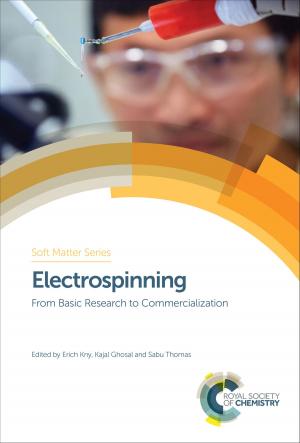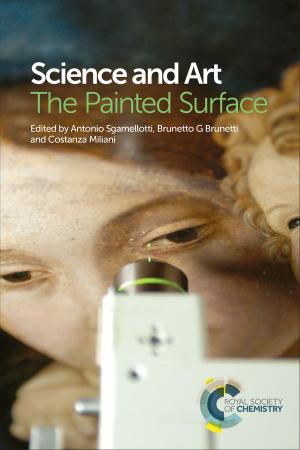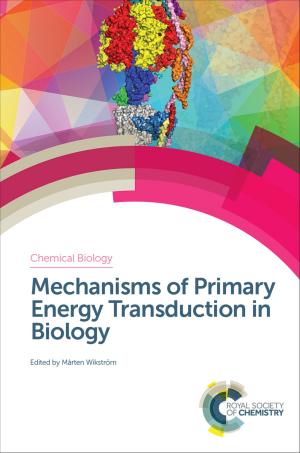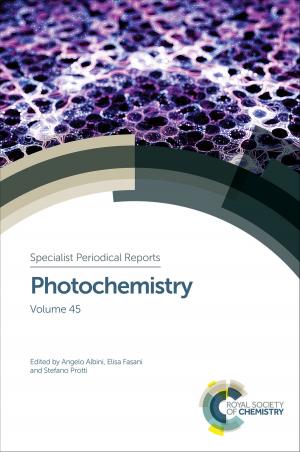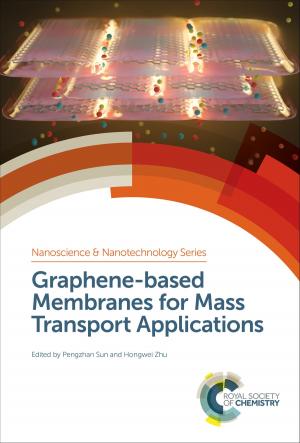Nanostructured Carbon Materials for Catalysis
Nonfiction, Science & Nature, Technology, Nanotechnology, Science, Chemistry, Technical & Industrial| Author: | Philippe Serp, Bruno Machado | ISBN: | 9781782624578 |
| Publisher: | Royal Society of Chemistry | Publication: | March 2, 2015 |
| Imprint: | Royal Society of Chemistry | Language: | English |
| Author: | Philippe Serp, Bruno Machado |
| ISBN: | 9781782624578 |
| Publisher: | Royal Society of Chemistry |
| Publication: | March 2, 2015 |
| Imprint: | Royal Society of Chemistry |
| Language: | English |
"We heartily recommend this book to all readers who wish to gain a better understanding of nanostructured carbon materials surface properties and used in catalysis." An-Hui Lu, ChemCatChem
There is great interest in using nanostructured carbon materials in catalysis, either as supports for immobilizing active species or as metal-free catalysts due to their unique structural, thermal, chemical, electronic and mechanical properties, and tailorable surface chemistry. This book looks at the structure and properties of different doped and undoped nanocarbons including graphene; fullerenes; nanodiamonds; carbon nanotubes and nanofibers; their synthesis and modification to produce catalysts. Special attention is paid to adsorption, as it impacts the application of these materials in various industrially relevant catalytic reactions discussed herein, in addition to photocatalysis and electrocatalysis. Written by leading experts in the area, this is the first book to provide a comprehensive view of the subject for the catalysis community.
"We heartily recommend this book to all readers who wish to gain a better understanding of nanostructured carbon materials surface properties and used in catalysis." An-Hui Lu, ChemCatChem
There is great interest in using nanostructured carbon materials in catalysis, either as supports for immobilizing active species or as metal-free catalysts due to their unique structural, thermal, chemical, electronic and mechanical properties, and tailorable surface chemistry. This book looks at the structure and properties of different doped and undoped nanocarbons including graphene; fullerenes; nanodiamonds; carbon nanotubes and nanofibers; their synthesis and modification to produce catalysts. Special attention is paid to adsorption, as it impacts the application of these materials in various industrially relevant catalytic reactions discussed herein, in addition to photocatalysis and electrocatalysis. Written by leading experts in the area, this is the first book to provide a comprehensive view of the subject for the catalysis community.
